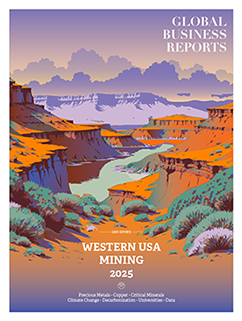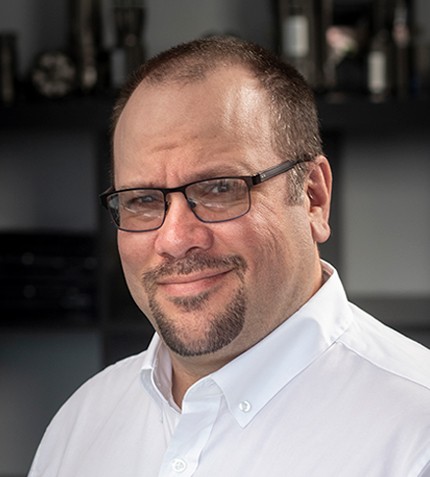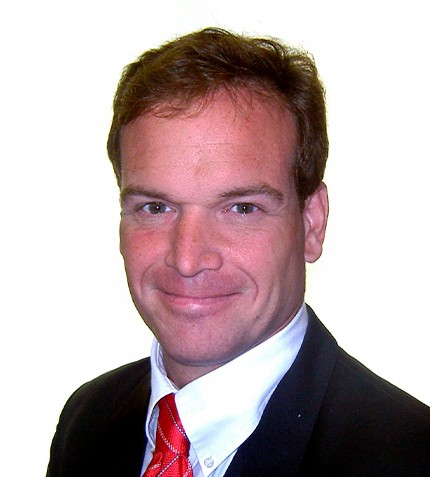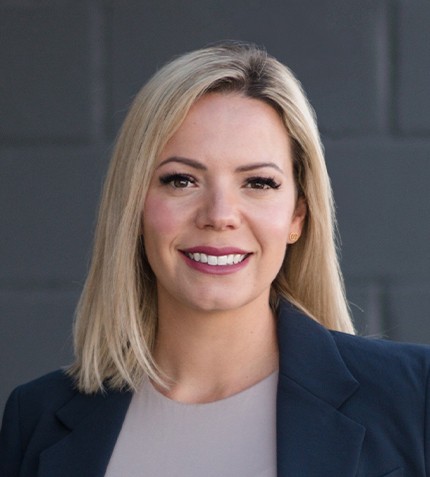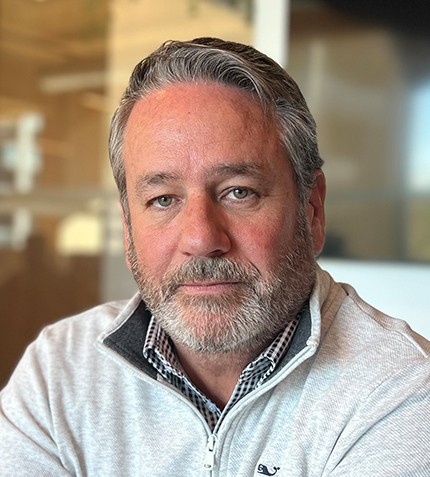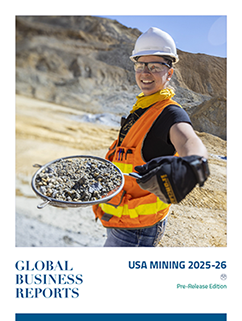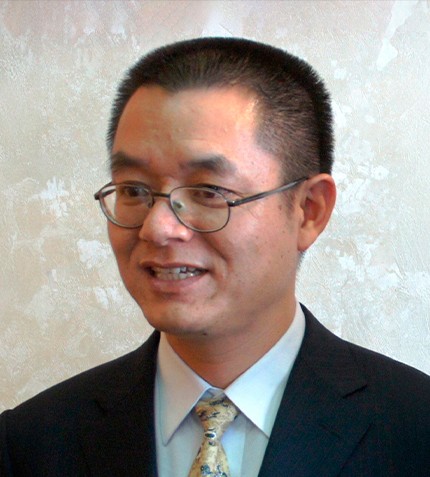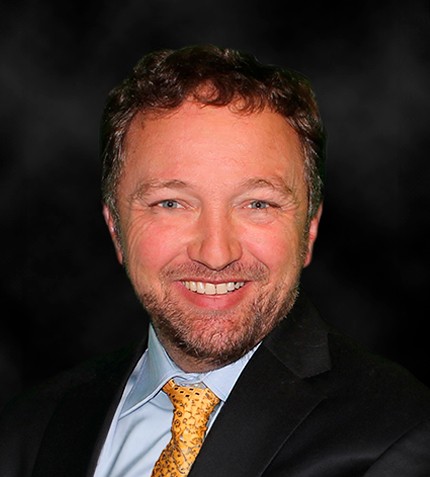
"Machine learning can aid significantly in the identification of various water types which supports management strategies such as monitoring potential impacts across project boundaries. It is an indispensable tool in supporting ongoing measurement of water quality throughout the life cycle."
RELATED PUBLICATION
Tom Meuzelaar
FOUNDER AND OWNER, LIFE CYCLE GEO
Can you provide updates on Life Cycle Geo's growth in 2023 and any milestones reached?
In 2023, Life Cycle Geo had a very busy year. We doubled in size, starting with five employees and finishing with eleven by year-end. One significant area of expansion has been our diversification into sectors outside mining, though mining remains our core focus. Our growth includes a deeper portfolio of digital transformation work across various sectors, especially in water, where we see numerous opportunities.
We are engaged in a number of IoT workflow-related projects. This includes implementation of sensors to measure high-frequency water data, such as quality, flow and temperature. These sensors can be coupled with edge computing devices for local data analytics or data can be sent to the cloud for advanced analysis. Ultimately, this feeds into dashboarding and intelligence solutions for our clients. We are particularly involved in optimizing water treatment systems and monitoring waste facility seepage.
Are there any projects in the Western USA that highlight your work?
We have worked with operators in late-stage mining or early closure who have various water quality issues. Our innovative approaches include using unsupervised machine learning methods to analyze years (even decades) of spatially distributed water quality and isotope data. This helps operators differentiate between pre-mining impacts and mining-related impacts, aiding in development of long-term closure strategies.
How do you see machine learning optimizing the entire mining life cycle?
Machine learning has significant potential to enhance water and materials optimization throughout the mining life cycle. Our focus is primarily on water and materials management rather than broader applications like autonomous haulage. We have developed mature workflows for optimizing material handling, allowing operators to accurately identify and estimate volumes of waste, ore and borrow materials with various associated environmental risk. This helps in mine planning strategies, such as evaluating alternatives for waste facility construction or operational water treatment strategies, which results in more informed decisions early in the project.
On the water management side, machine learning can aid significantly in the identification of various water types which supports management strategies such as monitoring potential impacts across project boundaries. It is an indispensable tool in supporting ongoing measurement of water quality throughout the life cycle, including water quality measured at tailings storage facilities and waste rock dumps. The increasing amount of data from sensors will continue to facilitate more intelligent water management-related decision-making. Machine learning is already frequently used to optimize performance active or passive water treatment systems both in operations and closure.
Additionally, for clients discharging water, machine learning can be used predict difficult to measure parameters such as toxicity, bioaccumulation, microbial activity and dissolved metal reactivity, which can help operators make proactive decisions related to treatment and compliance with regulatory standards. Overall, we are excited about the opportunities in water and materials management through the application of machine learning.
Have you observed improvements in machine learning model performance with increased data access?
Yes, we have seen that model performance improves as operators collect more data. However, gaining buy-in and trust from operators when it comes to machine learning is typically a gradual process. Operators need to see tangible benefits—such as time and cost savings— and understand how a machine learning approach improves upon established practices before fully committing to new models. Additionally, regulatory acceptance of these models remains a challenge.
What future opportunities do you see for Life Cycle Geo?
We want to diversify and continue to grow in water resources, as there is tremendous opportunity there. Our focus will heavily be on machine learning and identifying the right people to engage with regarding these technologies. We are seeing a significant influx of AI investment, akin to a gold rush, but our services are highly specialized. We envision developing a services team with instrumentation specialists, data scientists, and domain experts to help clients optimize water and materials management and improve their data collection systems. Over the next couple of months, I plan to put more effort into these goals and continue engaging with great people to shape the organization's direction.




